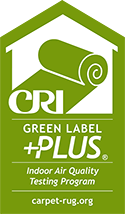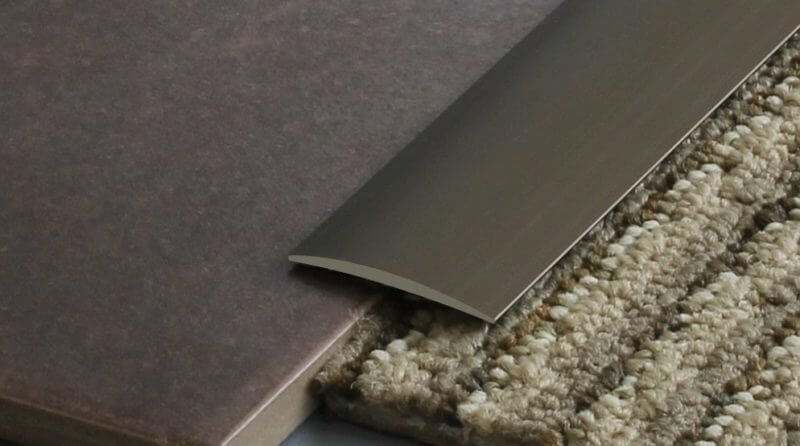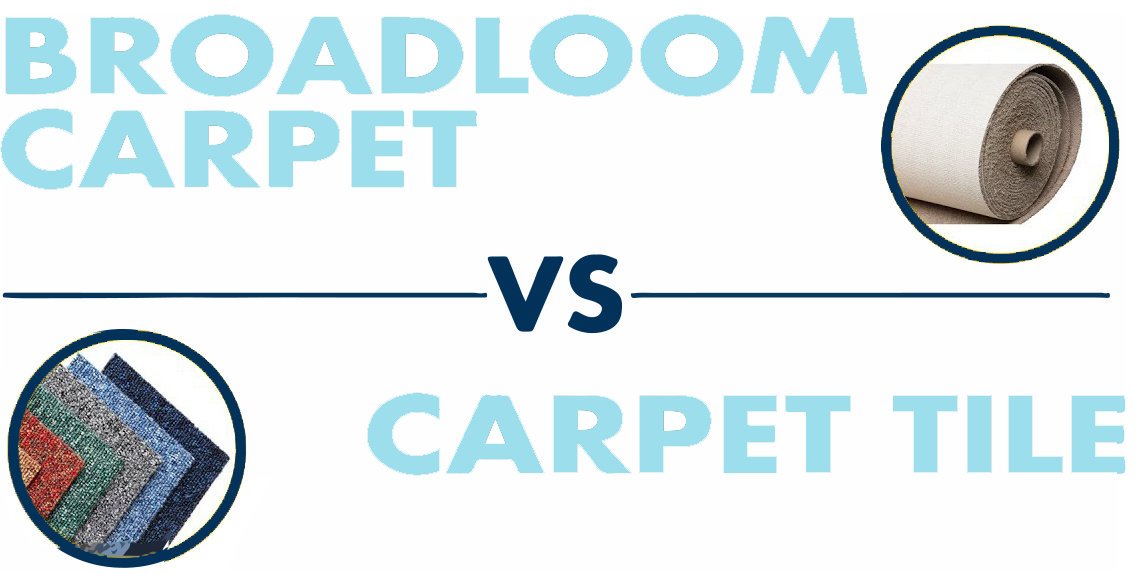Carpet FAQs
The first step in choosing the right carpet is identifying your environment and traffic areas.
In high-traffic areas, dense loop pile carpet made of durable nylon is preferred. This provides much higher durability that is suitable for heavy commercial areas.
For rooms with outside or pet access, consider purchasing a low-pile carpet with soil and stain resistant treatments.
For low-activity spaces like living rooms or bedrooms, try a soft, plush carpet.
FloorScore is a voluntary, independent certification program that tests and certifies hard surface flooring and associated products for compliance with criteria adopted in California for indoor air emissions of Volatile Organic Compounds (VOCs) with potential health effects. Floorscore is the most recongnized indoor air quality certification standard for hard surface flooring materials. Qualifies for many green building schemes including LEED v4, WELL, BREEAM, and CHPS.
Yes, our carpet products qualify for LEED credits.
Yes, all of our products are green label plus certified.

We have a local inventory filled with stock at our warehouse location in Longwood. For accurate delivery and shipping, please contact your local sales rep.
Transition strips, aka reducers or adapters are used every time that one type of flooring meets another. As different flooring materials will have slight height variations, they must be smoothed with transition strips to allow people to safely walk.

Carpet tiles are an alternative to traditional broadloom carpet. Rather than arriving in 10-15 foot rolls, carpet tiles are perfect small square pieces of carpet. Usually between 12″ to 36″. Carpet tiles may be used in high traffic applications where a stained or damaged tile can be easily replaced.

In patterned carpet, carpet repeat is the distance from one point to another where the design appears again. Pattern repeat is measured in length and width.
Browse our Carpet Collection
